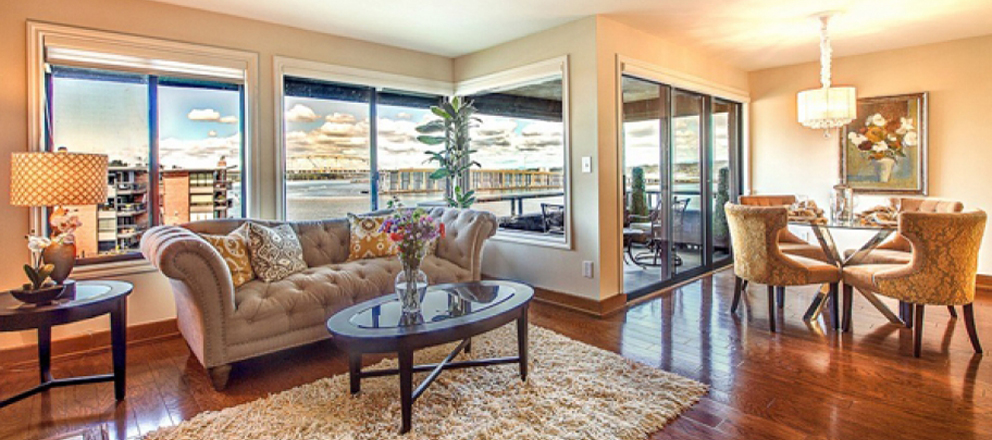You might think that professional home stagers in Indiana are intent on aiming for the kind of look that would draw oooohs and ahhhhhs if it were featured in Good Housekeeping or Better Homes and Gardens. In fact, you’d likely be more on-target if the magazine you thought of was actually RealSimple. In case you haven’t been near a newsstand lately, that’s the top-selling magazine “about simplifying your life.”
RealSimple (“Life made Easier”) has articles like “31 Pro Tips to Control your Clutter” and “Get Organized for Fall: systems in place, stress in check.” If you are planning to have a Indiana home for sale anytime soon you could do worse than picking up a copy—if for no other reason than to check out its editorial slant: Less is more. Open space attracts. Simplicity rules.
Today’s home stagers in Indiana (and just about everywhere 21st century lifestyles have invaded) work towards the goal of clarifying room spaces—making it as easy as possible for prospective buyers to imagine their own furnishings and décor preferences in place.
A further refinement is subtlety. In that light, successful staging has something in common with many of the best classic movie scores: it moves you without your being conscious that it’s there at all.
An experienced Indiana stager will often put her or his expertise to work in ways that we would find hard to match, but for homeowners with a do-it-yourself bent, a good start can be to study some of the advice stagers agree upon:
Be willing to let go! Your home as you know it is likely not to be the version that will be easiest to sell. Be willing to say goodbye to anything: furnishings, floor plans, favorite décor items. In other words, remove that compact computer table from the dining room corner—the open space is more important (you future homeowners know they can set up an in-home office anywhere).
Color it neutral. Stagers usually shun bright colors, which may be lively but intrusive. Creamy shades, grays and soft earth tones allow viewers to cast their own preferences onto a scene. But this is a guideline that has limits, too: if neutral turns into sterile, you’ve gone too far.
Apply practical arithmetic. That is, be aware of the power of thoughtful addition and subtraction. From your now-spacious and neutral-toned rooms, subtract as much of the furniture as possible, then remove personal items and bric-a-brac. Then add back in the minimum you need to create a livable environment. If the budget allows, substitute rental furnishings (and even accessories) for original elements that are too well worn.
If your home staging efforts are successful, you will have created a more showable, sellable Indiana property. I can also be helpful by contributing feedback about what is currently popular with local buyers. Call me for a no-obligation consultation.

